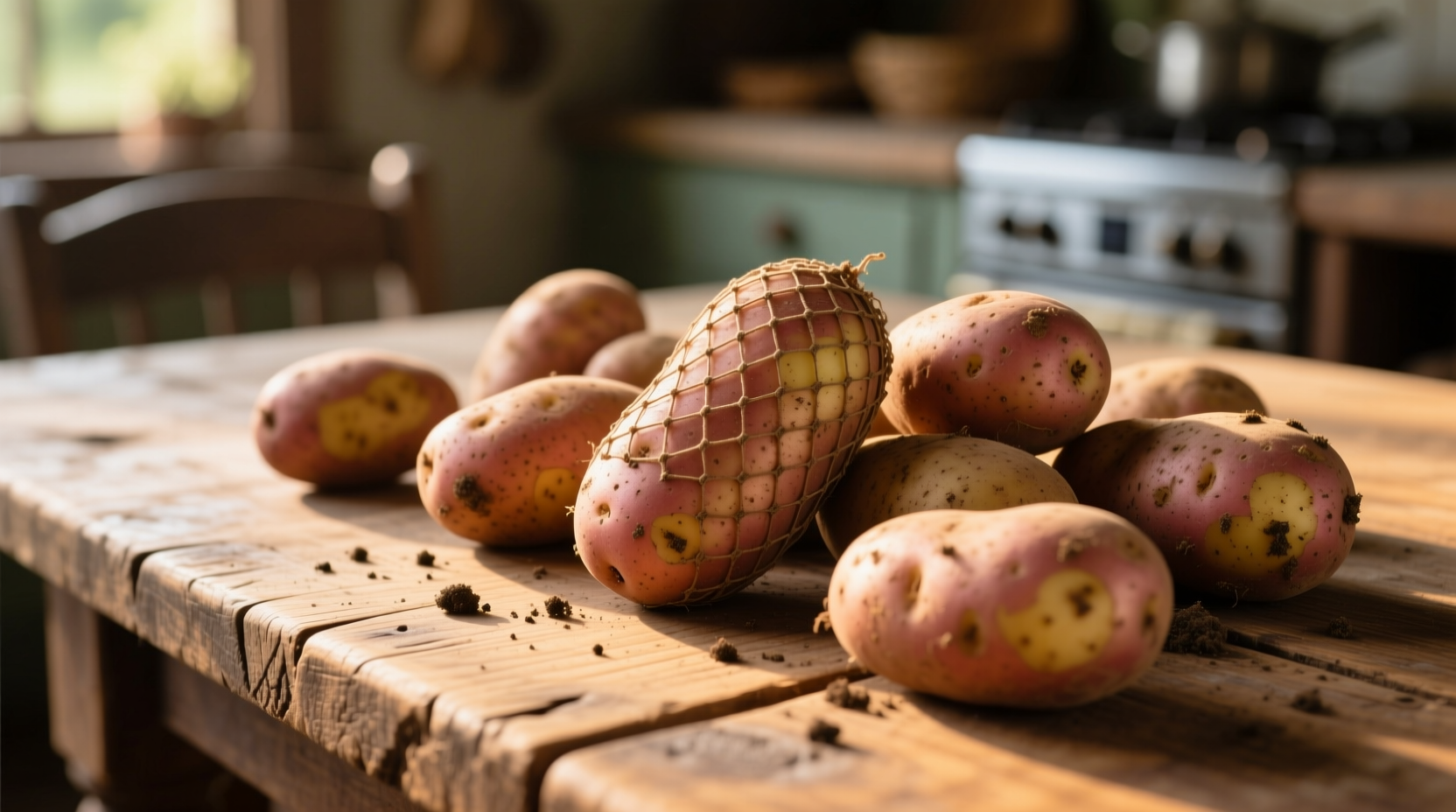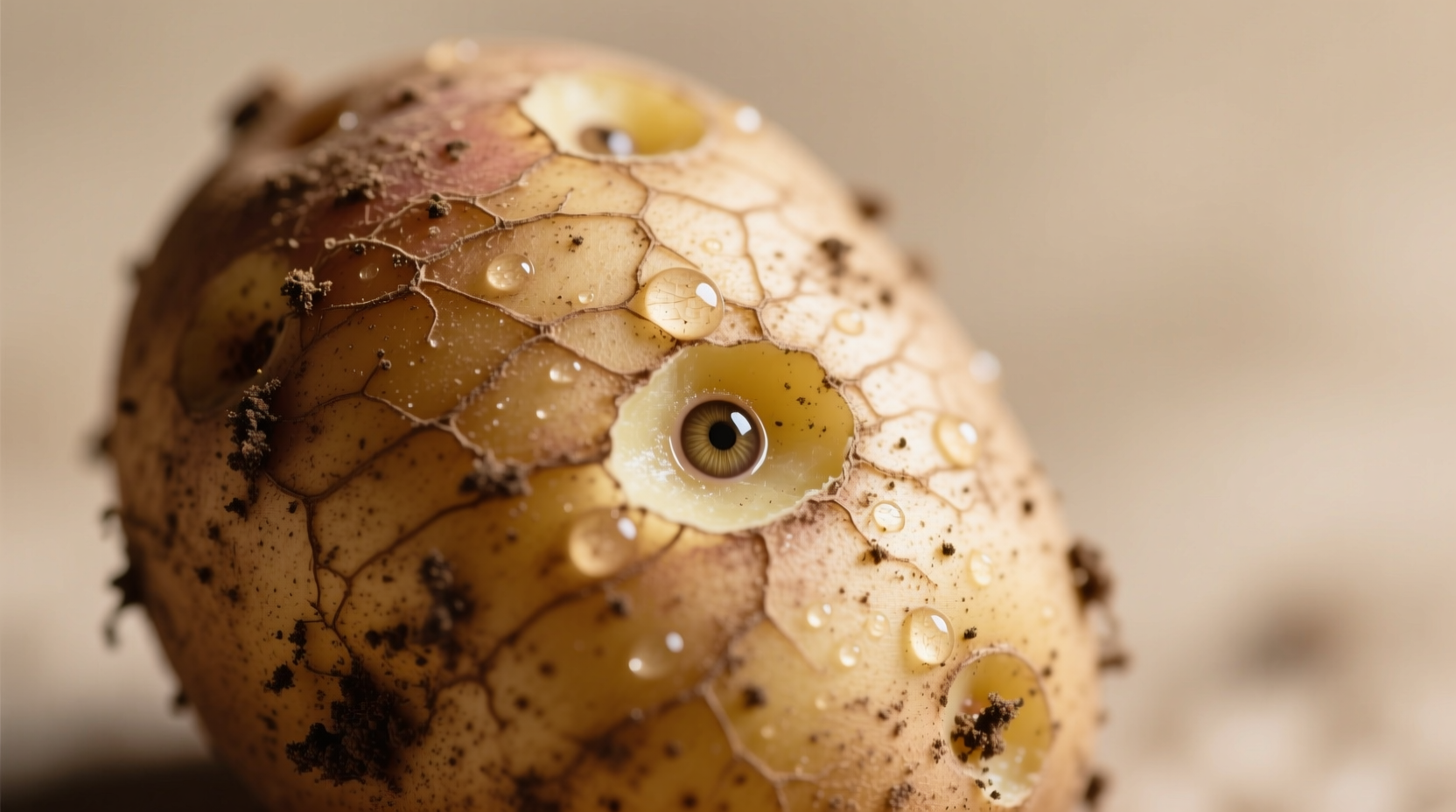When you bite into a perfectly crispy french fry or flaky baked potato, you're likely experiencing the magic of Russet Burbank potatoes. These oblong spuds with netted brown skin and white flesh account for over one-third of all potatoes grown in America, making them the undisputed champion of commercial potato production. But what makes this variety so special? Let's explore the science, history, and practical applications that have cemented Russet Burbank's status as America's favorite potato.
What Exactly Is a Russet Burbank Potato?
Invented by Luther Burbank in 1873 and originally called "Burbank's Seedling," this potato variety revolutionized the industry with its superior characteristics. Unlike waxy potatoes with smooth skin, Russet Burbanks feature distinctive netted brown skin, few eyes, and a high dry matter content that creates that perfect fluffy interior when baked. Their low sugar content prevents excessive browning during frying—critical for golden french fries that stay crisp.
| Potato Variety | Starch Content | Best Uses | Storage Life |
|---|---|---|---|
| Russet Burbank | 21-23% | French fries, baking | 6-8 months |
| Yukon Gold | 16-18% | Mashing, roasting | 2-3 months |
| Red Bliss | 14-16% | Salads, boiling | 2-3 months |
This comparison shows why Russet Burbanks dominate commercial kitchens—they deliver consistent results where texture matters most. According to USDA agricultural statistics, Russet Burbanks represent 38% of all U.S. potato acreage, with Idaho growing 90% of the nation's supply.
The Science Behind the Perfect Fry
Russet Burbanks excel in frying due to their unique starch structure. With 21-23% solids content (compared to 16-18% in Yukon Golds), they absorb less oil during cooking. The amylose-to-amylopectin ratio creates a crisp exterior while maintaining a fluffy interior. Food scientists at the University of Idaho have confirmed that Russet Burbanks produce fries with 15% less oil absorption than other varieties, making them both tastier and slightly healthier.

Commercial Dominance Timeline
The journey from Luther Burbank's experimental plot to fast food staple follows this progression:
- 1873: Luther Burbank develops the variety from a single tuber in Massachusetts
- 1922: Idaho farmers begin large-scale cultivation after discovering ideal growing conditions
- 1950s: Adoption by early fast food chains for standardized french fry production
- 1990s: McDonald's selects Russet Burbank as exclusive potato for global french fry supply
- Present: 1.2 million acres planted annually across 20+ U.S. states
When NOT to Use Russet Burbank Potatoes
Despite their versatility, Russet Burbanks have limitations. Their high starch content makes them unsuitable for dishes requiring structural integrity. Avoid using them for:
- Potato salads (they'll fall apart)
- Boiled potato dishes (they absorb too much water)
- Dishes requiring vibrant color retention
For these applications, waxy varieties like Red Bliss or fingerling potatoes perform better. Understanding these context boundaries prevents culinary disappointment.
Home Growing Guide
Gardeners can successfully grow Russet Burbanks with proper technique. Plant certified seed potatoes 2-4 weeks after last frost when soil reaches 50°F. Space plants 12 inches apart in rows 36 inches apart. Hill soil around plants when they reach 8 inches tall to prevent greening. Harvest when vines die back, typically 90-120 days after planting. For best storage, cure potatoes at 50-60°F with 85-90% humidity for 10-14 days before moving to long-term storage at 40-45°F.
Nutritional Profile and Storage Science
A medium Russet Burbank (173g) provides:
- 168 calories
- 5 grams dietary fiber (20% DV)
- 45% of daily vitamin C needs
- Significant potassium and vitamin B6
Proper storage dramatically affects quality. The University of Wisconsin Extension confirms that storing Russet Burbanks below 40°F converts starch to sugar, causing darkening when fried. Always store in a cool, dark, well-ventilated space—not the refrigerator.
Professional Chef Tips
For perfect baked Russet Burbanks:
- Prick skin multiple times with fork
- Rub with oil and coarse salt before baking
- Bake directly on oven rack at 400°F for 45-60 minutes
- Test doneness by squeezing (should give slightly)
For french fries at home, double-fry method works best: first at 325°F until cooked through, then at 375°F for crispness. Soaking cut potatoes in cold water for 30 minutes removes excess surface starch for crisper results.
Why are Russet Burbank potatoes preferred for french fries?
Russet Burbanks have 21-23% solids content and low sugar levels, creating fries with optimal crispness and minimal oil absorption. Their high starch content forms a protective barrier during frying, preventing sogginess while maintaining fluffy interiors.
How long do Russet Burbank potatoes last in storage?
Properly stored Russet Burbanks maintain quality for 6-8 months at 40-45°F with 90-95% humidity. Refrigeration below 40°F causes starch conversion to sugar, leading to dark fries. Never store in plastic bags—use breathable containers in a cool, dark place.
Can I substitute Russet Burbank for Yukon Gold in recipes?
Substitution depends on the dish. Russet Burbanks work well for baking and frying but will make watery mashed potatoes compared to Yukon Golds. For soups or salads where potatoes should hold shape, avoid Russets—they'll disintegrate due to high starch content.
What makes Russet Burbank different from regular Russet potatoes?
Russet Burbank is a specific cultivar within the Russet category. It has higher yield, better disease resistance, and superior processing qualities compared to older Russet varieties. The U.S. Department of Agriculture recognizes Russet Burbank as a distinct variety with specific genetic markers.











 浙公网安备
33010002000092号
浙公网安备
33010002000092号 浙B2-20120091-4
浙B2-20120091-4